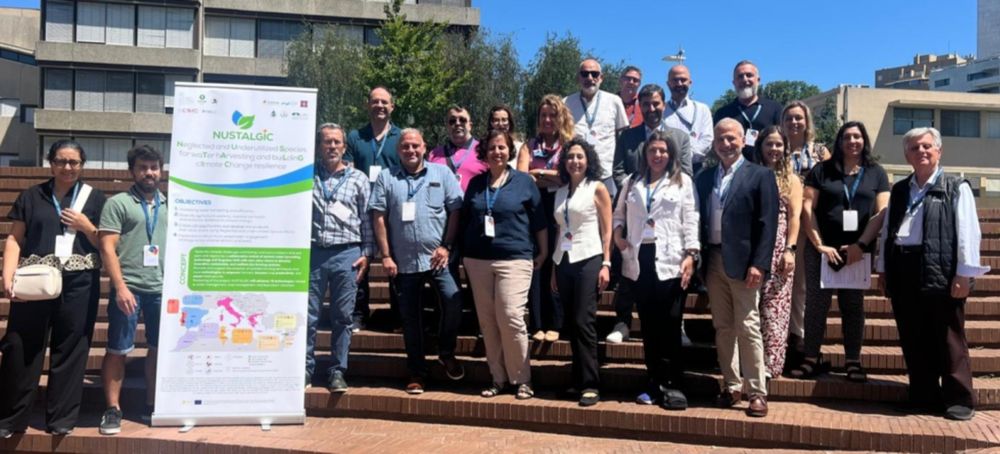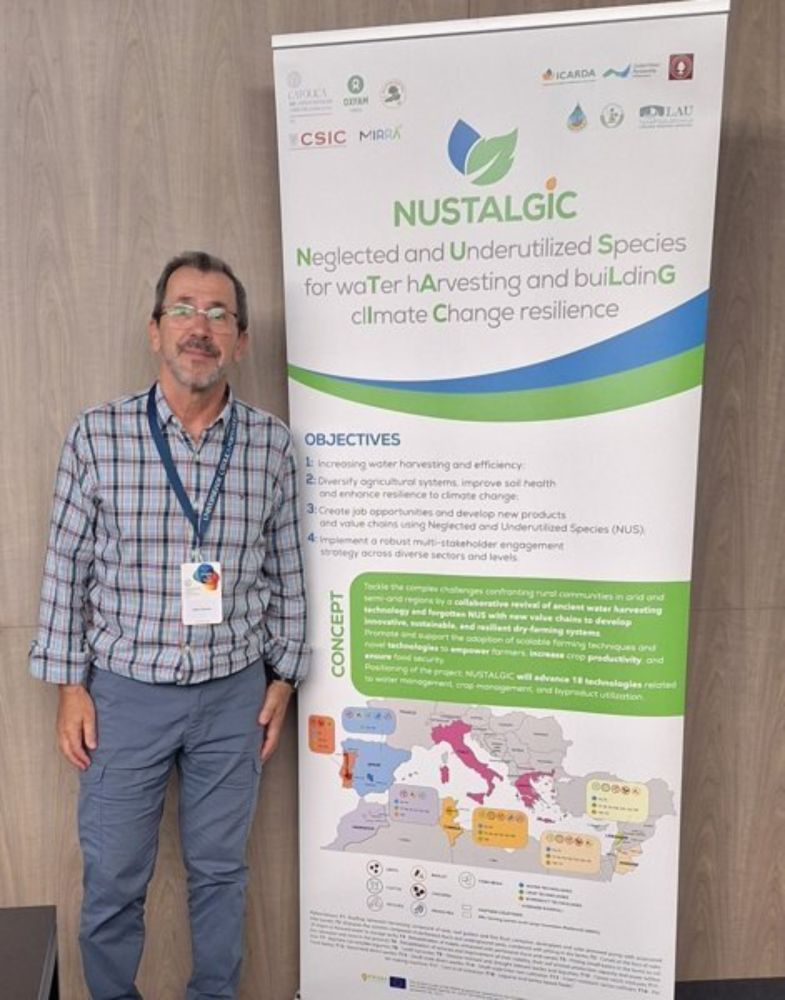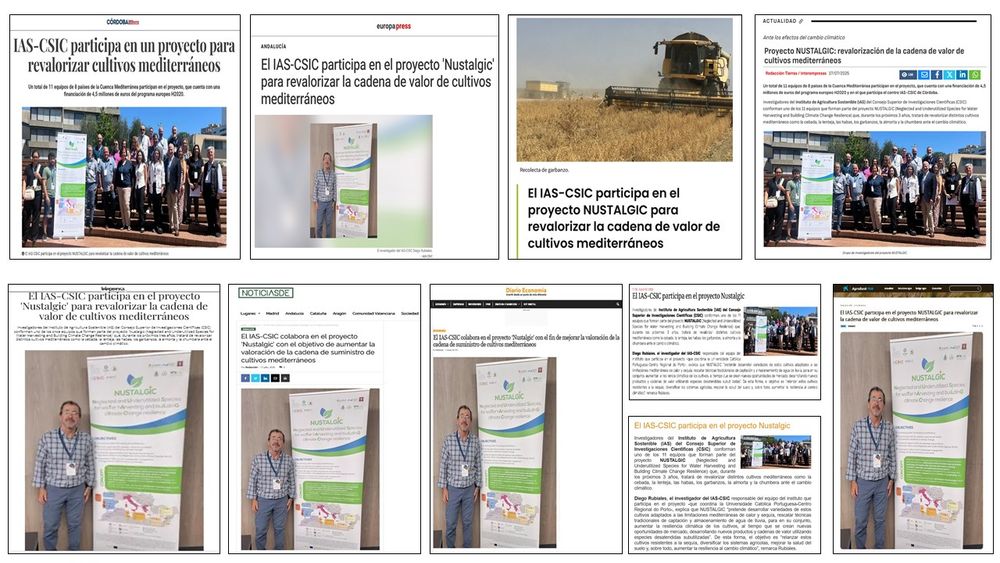Diego Rubiales
@diegorubiales.bsky.social
30 followers
25 following
13 posts
Doctor Ingeniero y de la ciencia un obrero
Posts
Media
Videos
Starter Packs
Reposted by Diego Rubiales
Reposted by Diego Rubiales
Reposted by Diego Rubiales
Reposted by Diego Rubiales
Reposted by Diego Rubiales
Reposted by Diego Rubiales
Reposted by Diego Rubiales
Reposted by Diego Rubiales
Reposted by Diego Rubiales
Córdoba Hoy
@cordobahoy.bsky.social
· Apr 29

Los investigadores del IAS-CSIC de Córdoba lideran un año más el ranking 'Research.com' en agronomía
Sitúa a 13 investigadores que trabajan en el instituto, ya sea como personal de plantilla o adscritos al claustro científico, entre los 208 españoles mencionados
www.cordobahoy.es

















